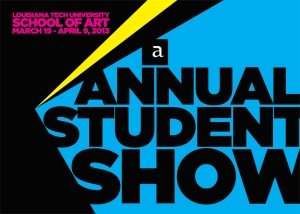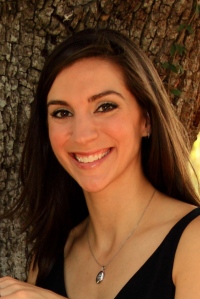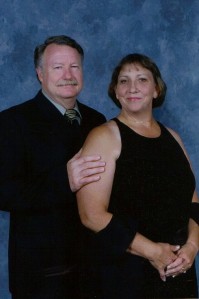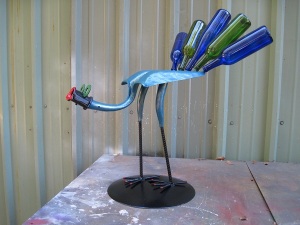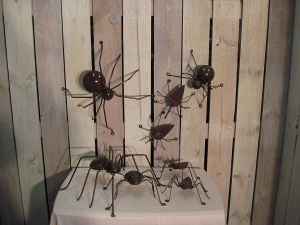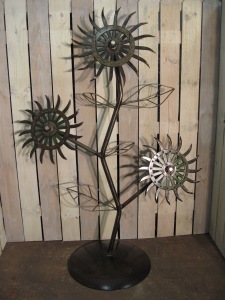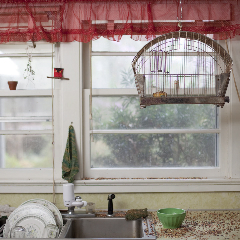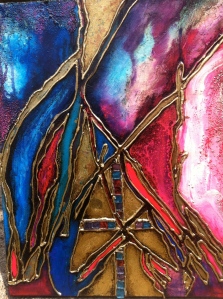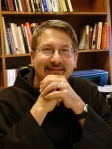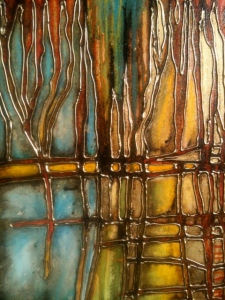This week: Doogie Roux, owner of Roux Bikes.
This interview has been edited for length.
[wpvideo f9c5qDCj]
This is Q&Art. I'm Russell Pirkle, and today I'm interviewing Doogie Roux. Doogie is the owner of Roux Bikes, and has recently graduated from Louisiana Tech with a degree in Computer Information Systems.
Tell me first of all . . . I think I know about everything you do, but let me go ahead and list them off, and you can sort of fill in the blanks. So you have Roux Bikes, which is like a custom bike service or shop where you make them and they're like art pieces. And you do photography work and video work. And you organized the Bicycle Art Exhibit at Turbo Goat. And you organized the Itty Bitty Bike Race. And you've done some sort of community outreach for Joplin, Missouri. Could you tell me a little bit more about that?
Well, in regards to the whole thing that I did for Joplin. That was a continuation of something that was already existing. Neal King, the local business owner, he's done several things here, the latest project being the Black Box. He was led to help out that whole situation after the storm ocurred. And he partnered with Chris from Turbo Goat, and they did a facebook blast asking for volunteers and donations. I had just recently graduated and wasn't doing a whole lot, so I volunteered to go. And that whole experience, it's hard to coin one term or one set statement to summarize it all, but it was life changing. It wasn't something I could see myself going and doing one time and being done with it. So after I started the virtual bike company Roux Bikes, I said why not use this as an avenue for fundraising and supporting this cause, because I definitely want to continue to support that whole thing. The destruction and the emotional impact that it had on people was tremendous. So the first thing I did was I built a custom bicycle and raffled it off. I did that during the week right before the Peach Festival and through the Peach Festival, and during the Itty Bitty Bike Race and the post-race party. The support and the success of the event was just tremendous. I raised a ton of money, and I was able to deliver some of the itty bitty bicycles from the race and help out the Gonzalez family, a family we had a connection with while we were there. I was able to cut them a check and help them out, because they had some really hard times after the storm. So that's project Joplin. That's it in a nutshell. But I definitely don't think even that portion is it. I could see myself doing some more, following up with that family and helping those people out, because that situation was really tremendous.
What do you see as the connection or the reason that art and creative expression and community outreach and humanitarianism pair together so well?
For me personally, I'm sure I can't speak for everyone else, I think because art and creative expression and community outreach evoke so many emotions, people who operate in such an arena, things like that really touch them. They really can connect with such an avenue. I'll be honest,in operating in these different arenas - business, technology, and the arts, I think a lot of business people aren't as emotionally connected to people as artists could be. I know that's strange coming from someone who's business minded, but like I said, I operate in so many different arenas that I notice a lot of things. When I come to a person that's an artist, and I'm a business person, I read them different. Whereas when I'm a business person speaking to another business person, it's a different perspective. I think a lot of artists are emotional, and I think they can really connect with community outreach, supporting causes a lot better than someone who's in business. And I say that just generally, not to stereotype anyone. It's just kind of a hasty generalization.
As a business person and a person who is pursuing a very functional, useful career, what are your feelings about people who are full time artists and the idea of art for art's sake, and making things like paintings or sculptures that you can't use as opposed to something like a bicycle that you can? Was it a practical choice to pursue a career other than art, or is it a philosophical choice? What's the reason why you're not a full time artist?
I think it's because of, you know they say people can be a jack of all trades . . . And I have a ton of energy. I just can't sit still. So I just have to have something to do, and I think that the whole virtual entity Roux Bikes or doing photography, or doing anything business related, it's an outlet for my energy, it's an outlet for my creative expression, and it's an outlet for a good heart. And I think that's ultimately what it is. I don't feel that I can do just one thing and be set on that. I kind of like juggling multiple concurrent projects in those different arenas, business, technology, and the arts.
Do you find it challenging juggling those, spending as much time as you would like on each?
Yeah, it is difficult at times, but I enjoy it. It definitely makes me utilize my time management skills to the utmost. One minute you may have a photoshoot with someone where you're in charge of it or you're working with someone, like some of the bigger names in photography here in Ruston. I work with them a lot. I say I work with because I graduated so I guess I work with rather than for them now. Haha. But it's a heavy task to manage all of that stuff, and sometimes when you slip up and you don't manage your time very well, some things do suffer. But you really have to be on top of things to keep that from happening.
I ride a bike myself, and I've been really curious lately about what makes the bicycle such a powerful symbol of contemporary culture, and what it represents and what its role in society is. Do you have any thoughts about that?
My thoughts on that could go for days. I'll keep it short. Haha. The bicycle is just another one of those things that people interact with, and it's forever changing. It can go infinitely forward and really far back with its history and its impact on culture through numerous generations. It's comparable to the automobile, because bicycles in the fifties, they have an impact. The style, the lines, the colors. Bicycles today, they have an impact also. And it's one of those things that human beings can experience emotions that you really can't experience with other things. You can experience a flight on a bicycle. You can experience speed. It's just so much. It can evoke so many emotions. And I'm trying not to go off on a tangent, but it's a beautiful feeling to be on a bicycle, breezing through a city, just going fast, going with the flow, breezing through traffic. It's a wonderful feeling. That or you're just in a parking lot, doing some stunts, doing a little flatland, some BMX. Or you're riding with friends. It's unifying. I've riden bikes in who knows how many big cities or how many small towns. And, if you're on a bicycle, and you're just riding, you're guaranteed to meet someone. You're guaranteed to stop and talk to someone. And it's just people from so many different places, so many different mindsets, walks of life. To get all of those to one place and just be riding together . . . The bike kind of, it fades away for a second, and you're just with people. And that's unifying. That's a wonderful feeling.
Let's talk a little about the custom bikes that you build for Roux Bikes. Where does your inspiration come from, and is it a collaborative process between you and the customer, or is it all your own ideas and creations?
It's a little of both of those. Sometimes I have a bicycle that I felt I had an inspiration to build, or I wanted to mimic something old. I like to tell people that I really appreciate old school, but I'm progressive and I have a new school vibe about me. So I say I'm middle school. I like to blend the two. So I might do something randomly like that and have it sitting on hand, maybe something I ride personally or enjoy. But if a customer wants it, if I'm not emotionally attached to it or it's not sentimental, I may sell it to them. But sometimes someone comes to me and says look, I want a bike like this. And we sit and talk. Or if they're somewhere else, we do it through email or facebook chat or skype. So I do something like that, and they'll detail to me the specifics, frame, handlebars, style. It's like a consultation to get something, and then we go from there. And that's usually how it is, one of those two ways or something in between.
In terms of volunteering, what do you think Ruston in particular is in need of?
In terms of volunteering . . . Well that kind of sparked a thought of more of a need for unification. I see a lot of division in Ruston, on many planes. And to keep from offending anyone I won't ellaborate on it, but I see a lot of division, and I think that in a small community like this, it should be a lot more unified. A lot of walls should be torn down, and steps should be taken for people to move toward unification. Through just anything, any event or function. Just being open-minded and doing not just different things, but doing things that some of the smaller people, some of the minorities are into, as opposed to always doing something that facilitates the majority. I think that would definitely be unifying, because it would open peoples minds. It would bring people together. And it would help people to learn that just because you're this person doesn't mean that you have to do this thing. You can open your mind. You can go out. You can learn new things. You can do new things. You can meet new people. So definitely I could see, if someone would volunteer to do that, that would be nice. Haha.
You use a pseudonym, and you have a certain style about you and a large presence in the community, and I'm curious about what role you feel personal presentation plays in things like creative expression and sort of building a scene and a community.
Personal presentation, I like that term. Haha. Personal presentation, it's big. How you present yourself to people, the public, it goes a long way. People have to really, and I'm learning this more and more each day, people have to really accept you for who you are. I know that's cliche and stereotypical, but it's so true. I feel that people, I don't want to compartmentalize. I don't want to give certain people certain aspects of me. I want to give everyone everything about me. And I don't want to have cut myself in sections and kind of hand me out. I want people to take me as I am, because the entities that I represent, they're holistic and they encompass a lot of things. So for me to just give a person one part of me would rob that entity of its presentation. If that makes sense. I have to really convey to that person that this is me, this is what I do, I want you to be a part of it. Or if I don't, it's ok, here's my business, here's the money I'm making, and this is what I want to do. But I need them to understand that the money I'm making, it goes to these events, these causes, these people that I'm helping. So personal presentation, it has to be holistic. That's how I see it. It has to represent the entirety.
I was sort of a late convert to the whole idea of exercise. And you can tell; I'm still not in great shape. But I found that it really made a big difference on the way I thought, and how well I could think. I'm sure you've always been physically active, but what do you think about the connection between exercise and the mental and intellectual side of life?
I think, again, it's holistic. It all goes together. What your body is in good status, when you're eating well and you're active, treating your body right, your mind is in sync with that. And if you lack in any, of course, it's a symbiotic relationship. If your body's doing well, your mind's doing well. You feel okay emotionally, you're positive. You're doing well, you're thinking good thoughts. But when you let the body suffer, when you don't take care of it, again that's holistic. Things start happening. So it's a symbiotic relationship.
What advice do you have for people for taking a more active role in their community? Say, artists for instance, or any sort of business people, I think we would all like to be doing more for our community and be a bigger part and be more involved. What advice do you have about that?
Anyone operating in any arena should go for it, because where ever you are, you want to have an impact. Like I tell people, I don't want to be famous. I don't want everyone to know me. I just want to have an impact on people, on a place. I want to go somewhere and do something. And to know whether or not I should be there, whether or not I should leave, it really depends on how will I be missed. What about me will be essential to that place? For people to be somewhere, especially Ruston, and just not be invested in their community, especially since it's so small. You have to be invested in such a place as this. You have to help people, because everyone needs help. If someone is here, I think they should actively be engaged in the community doing something. It doesn't always have to be money. People think, when you think supporting causes, it's ok, cut them a check, put a dollar in their pocket. Nah, give somebody a ride somewhere. Sit and talk with someone. Give them something. If you have something you don't really need it, give it to someone, help them out. Go to an event and volunteer. Just get out and invest, because when you're in a place like this, that's this small . . . there's more, but more meaningful, there's nothing else you can do but just get out and help your fellow man.
As a jack of all trades to use your words and a high energy person, it seems like you'd probably be a hard fit for any education system. With your experience, is there anything you wished were different? Or maybe even the whole educational system, is there anything you'd change?
With education, I'm pretty sure this is true for a lot of people, but some it may or may not apply to. When it comes to learning, I learn by doing. When I'm doing things, creating things, building things, putting things together, that's when I learn it. If you give me a mountain bicycle, which I'm not very familiar with, and you let me tinker with it or you show me things, you show me how this goes together and how that works, I learn it. But if you give me a powerpoint presentation on how a mountain bike works, I'll probably go to sleep on you. Because I have lots of energy, and I want to get out and do things. Hands on learning is the best learning. Interactive learning is the best. Rather than sit in a classroom and learn about American history, take me to the Smithsonian museum. I worked at the Smithsonian, and it was the best job I ever had, because I learned something new everyday. I was able to touch things. I was able to interact with things, and I think that's the best kind of education. I've mentioned to some people that I could see myself in education at some time in the future, and I think if I was in a classroom, I would actively engage my students in interactive hands on learning. That's what the educational system today lacks. There's just too much involved with the negative aspect of technology, like powerpoint presentations, digital this, visuals that. Get them out and interacting with that technology. Get them out doing things. Especially being an IT major at Tech, there were just a lot of us sitting around in a classroom. And you cannot engage me, you cannot keep me there in that way. I lost interest. I fall asleep. It doesn't grab me. And there needs to be more of that, more interactive, hands on learning in the educational system today.
I think that's about all the time we have for the interview. Is there anything else you'd like to say or any closing thoughts?
I appreciate you coming to me and wanting to do the interview, and I really enjoyed my time here. Today is actually the day I'm leaving. I just want to extend some gratitude and appreciation for everyone here I worked with, collabored on projects with. I definitely enjoyed it, and I definitely don't see this as the end of me being in Ruston and doing things. I can definitely see myself coming back and doing some mini projects or keeping in touch with people.
Well thanks, Doogie.
Thank you.
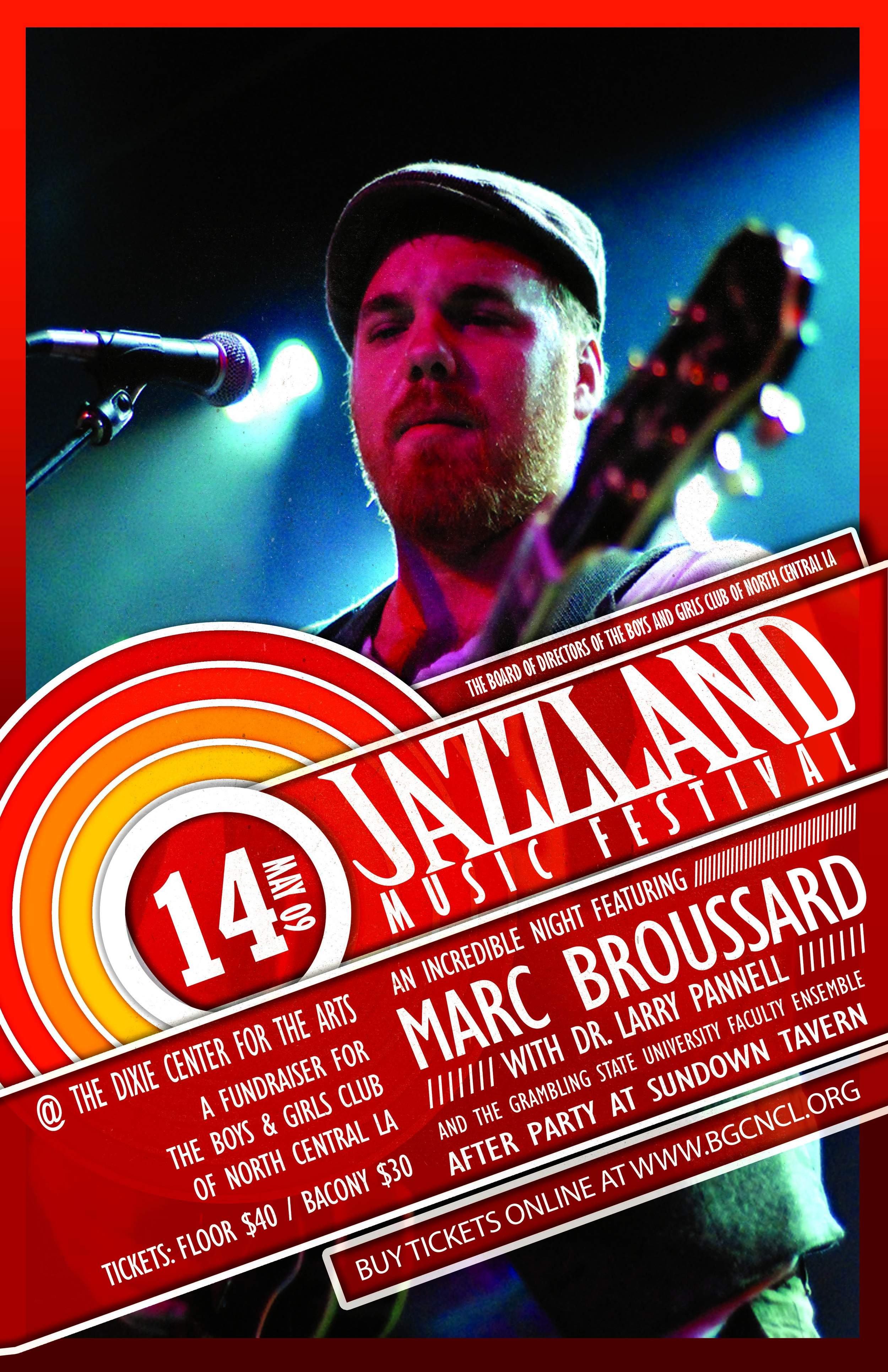 Boys and Girls Club’s website, www.bgcncl.org and at the Boys and Girls Club located at 300 Memorial Drive, Ruston. Doors open at 6:45pm and the show begins at 7:00. An after party sponsored and held by Sundown Tavern will immediately follow.
Boys and Girls Club’s website, www.bgcncl.org and at the Boys and Girls Club located at 300 Memorial Drive, Ruston. Doors open at 6:45pm and the show begins at 7:00. An after party sponsored and held by Sundown Tavern will immediately follow.
